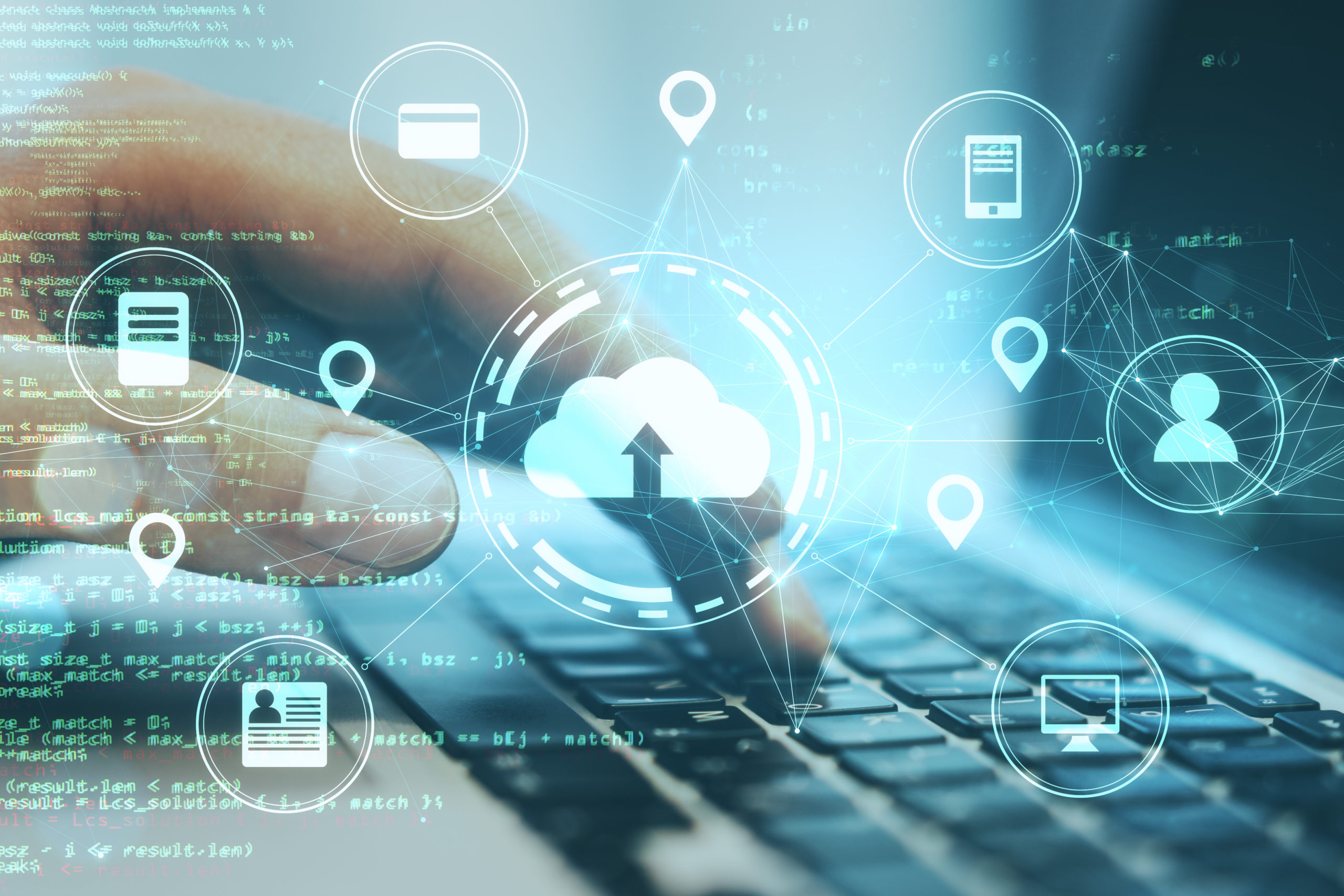Everything to Know about the New Azure Savings Plan for Compute
Many organizations spend over a million dollars per year on cloud services, but controlling cloud spend remains a significant challenge. Over 83% of...
3 min read
cloudservuscom Nov 23, 2022 3:51:00 PM

The pandemic may have accelerated the cloud journey trend, but cloud momentum isn’t slowing down anytime soon. Cloud adoption increased 25% in the last year and almost 70% of organizations currently host over half of their workloads in the cloud.
Despite the urgency to re-architect and transform business and IT functions, it can be challenging to transition from legacy technologies to cloud-based solutions and keep pace with the latest technology stack.
Many organizations who were quick to move workloads to the cloud in response to the challenges surrounding COVID-19 haven’t revisited their infrastructure since. Furthermore, application modernization is a complex venture that requires the right approach to minimize business interruption and address the demands of a digital business.
Wherever an organization happens to be in their cloud journey, they need a trusted advisor to provide strategic guidance to ensure the desired business outcomes are achieved from application modernization.
An Azure Modernization Assessment is the key.
Application modernization, or legacy modernization, updates a business’s existing applications to enhance the performance of software delivery via modern programming architectures, technologies, frameworks, languages, and strategies.
Application modernization is often a cost-effective, efficient alternative to completely replacing legacy software systems because organizations can modernize their current apps to leverage their existing investments. When the apps are on-premises, then modernization usually includes app migration to a private, public, or hybrid cloud.
Migrating legacy apps to a modern platform distills monoliths into easily maintainable microservices and enables organizations to take advantage of agile software development and deployment. Apps and data such as Linux web apps, Java apps, SAP apps, and SQL databases are popular options for migration.
Benefits of application modernization:
Modern companies have a lot on their plates; they must meet evolving customer expectations and deliver innovative new services, experiences, and products. Simultaneously, they must mitigate pervasive cybersecurity threats while responding to rapidly changing regulatory compliance requirements.
To remain competitive in a dynamic digital landscape, organizations are also under pressure to adopt disruptive technologies and capabilities, such as artificial intelligence (AI), Internet of Things (IoT), 5G, predictive analytics, and machine learning.
Legacy workloads, systems, and applications can prevent organizations from acting on these imperatives and opportunities because they were often developed before the emergence of cloud computing. Many of these workloads remain business-critical, and companies are often reluctant to replace this type of investment. But legacy apps are budget, time, and resource-intensive to maintain, resulting in roadblocks to business agility and innovation.
These factors create urgent business incentives for application modernization – as does the need to fast-track digital transformation initiatives.
There are different application modernization strategies depending on the unique business goal and problem, and the required code changes. Common types of application modernization include:
Rehosting (Lift and Shift)
Organizations commonly use rehosting in the early stages of their modernization journey. Apps are moved from the current environment to a new cloud environment without code, feature, or function changes.
Refactoring
Involves typically minor code changes and configurations to ensure the app can better connect to and run in a new cloud environment.
Replatforming
Replatforming resides between refactoring and rehosting; a sequence of code changes are made to the applications to better adapt it to a cloud environment while maintaining the app’s core functionality.
Replacing
This approach is essentially an application decommission; the app is replaced with another app if it offers minimal value, cannot address current or future business requirements, or isn’t cost-effective to migrate.
Beginning the application modernization process can be daunting; organizations might not know the costs and risk, which apps to prioritize, or which type of application modernization is best for their environment. There’s also no standard approach; each business is unique, including its needs, culture, and applications.
Globally, the application modernization services market is anticipated to reach $21.21 billion in 2027, up from $13.06 billion in 2022 – demonstrating the growing demand for skilled technology partners capable of optimizing the application modernization process.
A well-developed application modernization approach incorporates the roles of stakeholders, end-users, and customers. Additionally, it should provide the best value to the business based on the impact to the architecture, budget, functionality, and technology.
Successful App Modernization Starts with an Azure Modernization Assessment
An Azure modernization assessment provides a business case for application migration based on the specific application portfolio and a deep understanding of the company’s legacy systems.
Gold Tier Microsoft Partner, CloudServus, offers a full-service Azure Modernization Assessment that optimizes the application modernization process from a business and technical perspective.
CloudServus’ Azure Modernization Assessment is a comprehensive evaluation of the current environment, including infrastructure, data, and applications. This analysis results in a 3-Tier Assessment, complete with an outcome-based execution roadmap per tier: Infrastructure-Tier Assessment, Data-Tier Assessment, Application-Tier Assessment.
The assessment provides a practical framework for the overall application modernization strategy, recommendations based on the environment, implementation timeline, success metrics, and costs.
A separate Cloud Security Assessment can further complement the Azure Modernization Assessment by evaluating Microsoft cloud environments to strengthen security and reliability for a more robust cloud ecosystem.
With a well-considered approach, modernization can increase efficiency and workflows, reduce costs, enhance user experiences, and improve enterprise-wide operational visibility.
Contact CloudServus to start your Azure Modernization Assessment and accelerate your cloud journey.

Many organizations spend over a million dollars per year on cloud services, but controlling cloud spend remains a significant challenge. Over 83% of...

Organizations across industries are adopting the cloud as a foundation for supporting transformative technologies. However, economics is a top...

Organizations across industries are adopting the cloud as a foundation for supporting transformative technologies. However, economics is a top...